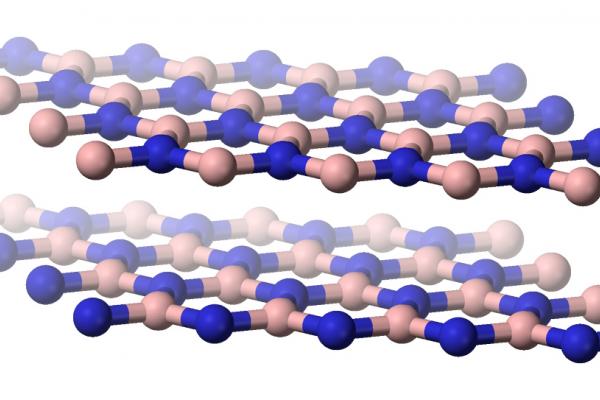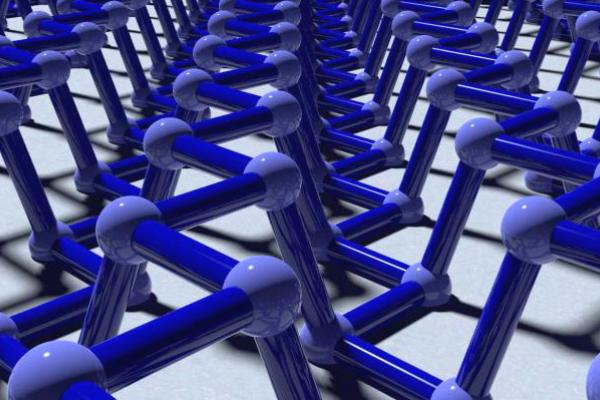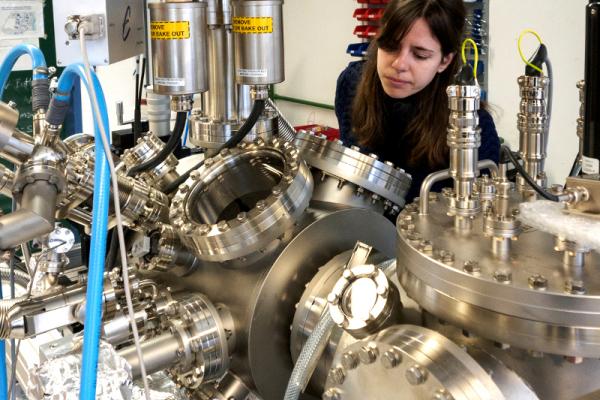Tales of the second dimension
This month, Horizon explores the weird and wonderful world of 2D materials. We talk to researchers revving up for a nano car race on a track the size of a flu virus, and others who are splicing atom-thick layers to create materials with on-demand properties. We find out how one scientist is bending and stretching 2D materials to create ultra-small sensors, and discover some of the other potential applications creating a buzz, including energy storage and high-power computing.
Atom-scale building blocks that have been compared to microscopic Lego are allowing researchers to play with the properties of common materials, and the possibilities are so great that it could keep scientists busy for the next 50 years.
Brand new materials that are just an atom thick are helping to roll out a revolution in electronics that researchers say is as significant as the move from valves to silicon chips.
In Germany, Dr Manuela Garnica Alonso peers into a massive machine of shining steel that sprouts wires, tubes, clusters of portholes, aluminium foil and industrial bolts.
Bending and stretching 2D materials to change their properties could lead to ultra-small sensors that can help us understand how gravity works at the microscopic scale, according to Professor Kirill Bolotin from Freie Universität, Berlin, Germany, who leads the EU-funded Strained2DMaterials project to uncover what happens to 2D materials under strain.
Sheets of carbon an atom thick could soon double the amount of electricity stored in smartphone batteries, researchers believe, as 2D materials present a picture of the future of energy storage.
Bi-weekly news alert
The best Horizon stories, delivered to your inbox
Subscribe now






